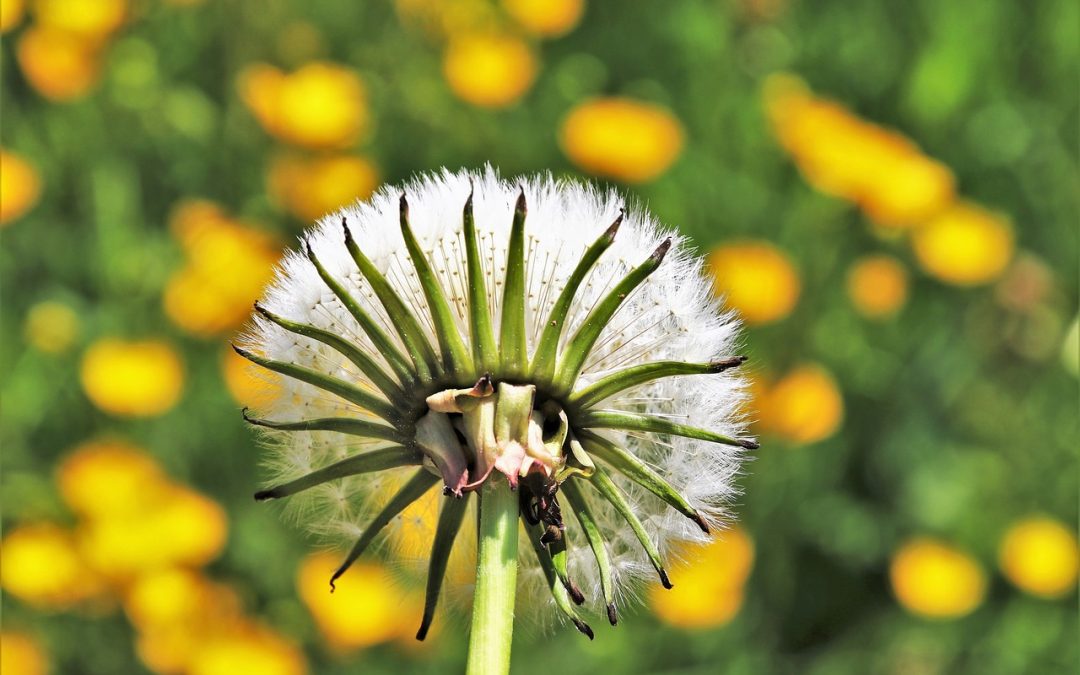Summertime and the livin’ should be easy… but you have a lawn. And it needs you. Summer is tough on grass, thanks to heat, drought, foot traffic, and insects. Hot weather may slow down grass growth, but there’s still work to be done – watering, mowing, weed-killing, fertilizing. These are the details on everything that should be on your summer must-do list.
Mowing
Watch how your lawn grows. During hot, dry periods, it may only need mowing once every two or three weeks (when the grass grows about 3 inches tall). During cooler, moister periods, it may need mowing twice a week. Just don’t cut it too short. Tall grass has more plant tissue to hold water, produce chlorophyll, and shade the ground below, keeping it cool and reducing root stress. This also reduces water lost to evaporation, so more is available for the grass.
Watering
To see how long it will take to soak the soil, check it every 15 minutes during your first watering. Use a shovel or screwdriver to test how deep the water has moved. Mark the time once the soil has been soaked to a depth of at least 6 inches — that’s how long you’ll need to water your lawn in the future.
Weeds
As for using herbicides (AKA weed killers) in summer, here’s a little advice: It’s best to not use such products during the heat of the day (temperatures should be below 85 degrees F). Also, avoid spraying chemicals on windy days to prevent the product from drifting away. If small patches of weeds are a problem, spot-treat with a recommended weed killer as needed. If you have a Goods Lawn full program (link) we will apply a post emergent herbicide with the summer application to control the crabgrass breakthrough.
Fertilization
Applications during the time of year can be tricky. The products we use to control broadleaf weeds and emerged crabgrass can damage grass when it is stressed by summer weather. If this is the case, use them very sparingly. Broadleaf weeds will tend to die more slowly at this time of year because they are not really growing. Be patient and wait for your late early fall application.
Consider Aeration
Aeration, as a rule, should be done every other season, usually, fall. If your lawn needs it next season, you will start seeing the symptoms in the summer. A heavy thatch layer (1/2 inch or more) can cause problems with your lawn. It can greatly reduce water infiltration, therefore reducing product intake. Pre-emergent herbicides and preventative grub control depend on water infiltration to become effective. It may also cause summer stress due to rain or irrigation water not reaching the soil. If your lawn has not been aerated in the last 3 years, it may be a good time to consider an aeration.
In general, these are the to-dos you will need to keep your lawn lookin’ good all summer. But every landscape (like every customer) is unique. We would love to help with all of the above items and more. Give us a call 717-564-1995!



